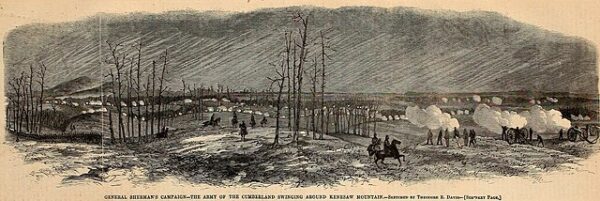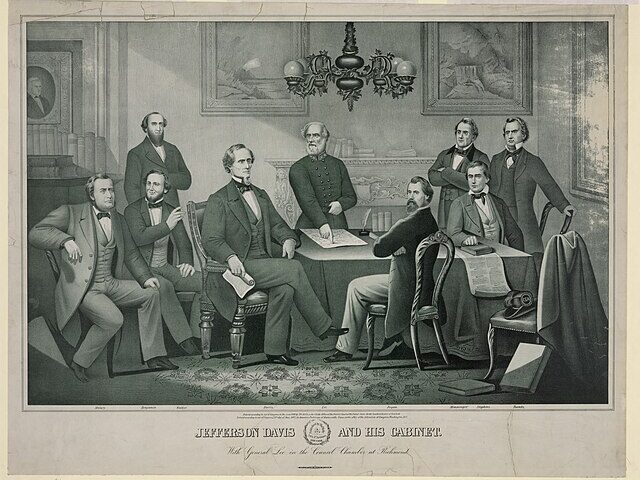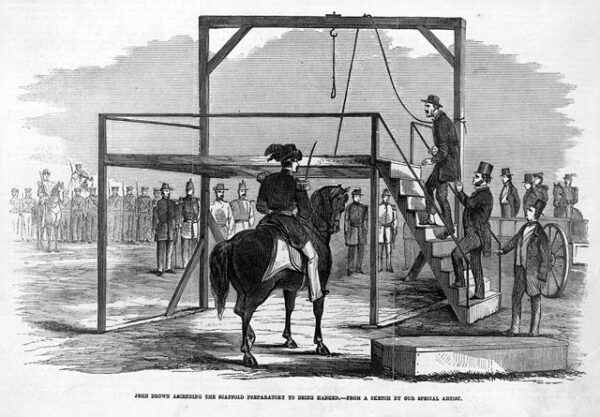The Battle of Kennesaw Mountain stands as a stark reminder of the brutal and unyielding nature of the American Civil War. Fought from June 27 to July 2, 1864, it was a significant clash between the Union Army commanded by Major General William T. Sherman and Confederates led by General Joseph E. Johnston. Located northwest of Atlanta, Georgia, Kennesaw Mountain’s rugged terrain and fortified Confederate positions posed a formidable challenge for Sherman’s advancing troops.
Sherman, aiming to capture Atlanta, had encountered stiff Confederate resistance throughout his campaign. By late June 1864, his forces approached Kennesaw Mountain, where Johnston had entrenched his Confederate Army of Tennessee. The mountain itself, rising steeply from the surrounding landscape, provided a natural defensive position for Johnston’s troops.
The battle began on June 27th as Sherman’s army initiated a frontal assault against entrenched Confederate defenses. Despite numerical superiority, the Union troops faced daunting obstacles including dense underbrush, rugged terrain, and well-positioned Confederate artillery. Throughout the day, Union assaults on Confederate lines, including attacks on Pigeon Hill and Cheatham Hill, met with heavy casualties and limited success.
Over the next several days, Sherman attempted flanking maneuvers to outflank Johnston’s defenses. These efforts led to skirmishes and small-scale engagements but failed to decisively break through Confederate lines. Meanwhile, Confederate sharpshooters and artillery inflicted significant casualties on Union forces attempting to maneuver through the difficult terrain surrounding Kennesaw Mountain.
By July 2nd, Sherman realized that a direct assault on Kennesaw Mountain would not achieve a breakthrough without unsustainable casualties. Recognizing the futility of further frontal attacks, Sherman disengaged from Kennesaw Mountain and pursued alternative strategies to capture Atlanta. The battle marked a strategic pause in Sherman’s campaign, prompting him to reconsider his approach to achieving his objective.
Union casualty figures from the Battle of Kennesaw Mountain were significant, with Union losses numbering around 3,000 to only 1,000 Confederate casualties. The battle demonstrated the challenges faced by attacking forces against fortified positions and reinforced Sherman’s later adoption of flanking maneuvers and a strategy of attrition to wear down Confederate defenses.
The Battle of Kennesaw Mountain underscored the brutal nature of Civil War combat and the strategic complexities faced by both Union and Confederate commanders. It highlighted the effectiveness of entrenched defenses and the difficulties inherent in assaulting fortified positions head-on. Ultimately, while Kennesaw Mountain did not result in a decisive Union victory, it contributed to the evolution of military tactics and strategies employed by both sides throughout the remainder of the Civil War.






